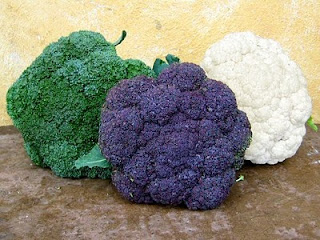We will meet again in March when we will have a special presentation by Jim Hoffman of Sand Flat Orchards on the diseases and insects we are faced with in our veggie gardens.
 Keep an eye on your houseplants at this time of year. You may get some yellowing and dropping of leaves. This is usually caused by too much water or insufficient light so back off on the watering and if you can, move your plant where it will get more light. Remember that the number one cause of dead houseplants is overwatering. You may see some browning of the leaves and this can be a result of low humidity now that our furnaces are cranking away. Grouping plants together can help and also putting plants on a pebble tray with a little water will be beneficial. Don’t let the roots sit in the water. Misting the plants is usually a waste of time. If you mist them and then walk back five minute later the plant and the air around them is dry. Browning leaves on a spider plant is often helped by adding calcium to the soil. When you boil an egg, let the water cool and then use that to water; it will make a difference. You can trim the leaves to improve the appearance of the plant. If you see yellow speckling on leaves, check very carefully for spider mites. These are tiny, tiny creatures that suck the life out of the leaves and you will find them on the underside of the leaf. Sometimes, if the infestation is heavy, you will see spider webbing on the plants. Take any infected plants to the shower and rinse them thoroughly and if need be use an insecticidal spray to cure the problem. A good way to use a spray is to get a large plastic bag and drape it around the plant and then spray into it. Leave the bag on the plant for half an hour or so before discarding.
Keep an eye on your houseplants at this time of year. You may get some yellowing and dropping of leaves. This is usually caused by too much water or insufficient light so back off on the watering and if you can, move your plant where it will get more light. Remember that the number one cause of dead houseplants is overwatering. You may see some browning of the leaves and this can be a result of low humidity now that our furnaces are cranking away. Grouping plants together can help and also putting plants on a pebble tray with a little water will be beneficial. Don’t let the roots sit in the water. Misting the plants is usually a waste of time. If you mist them and then walk back five minute later the plant and the air around them is dry. Browning leaves on a spider plant is often helped by adding calcium to the soil. When you boil an egg, let the water cool and then use that to water; it will make a difference. You can trim the leaves to improve the appearance of the plant. If you see yellow speckling on leaves, check very carefully for spider mites. These are tiny, tiny creatures that suck the life out of the leaves and you will find them on the underside of the leaf. Sometimes, if the infestation is heavy, you will see spider webbing on the plants. Take any infected plants to the shower and rinse them thoroughly and if need be use an insecticidal spray to cure the problem. A good way to use a spray is to get a large plastic bag and drape it around the plant and then spray into it. Leave the bag on the plant for half an hour or so before discarding. An old remedy for white spots or rings on furniture left from overwatering your houseplants is to rub salt and a light weight oil into the area. It might take a lot of elbow grease if it is an old or deep stain. Another one people use is to rub the area very lightly with a drop of ammonia in water and then dry off carefully. .
You can also start some seeds at this time of year. If you start pansies now they will be happy and healthy and ready to plant out in March for a burst of spring color along with your spring flowering bulbs. They make a nice early show in containers too. Leeks, parsley, petunias and impatiens are also slow growers that you can start now. But don’t get carried away, remember that our frost free date is mid to late May.
As always if you are interested in joining us or have any gardening questions, you can reach us at POBox 675, Northville, NY 12134.



























